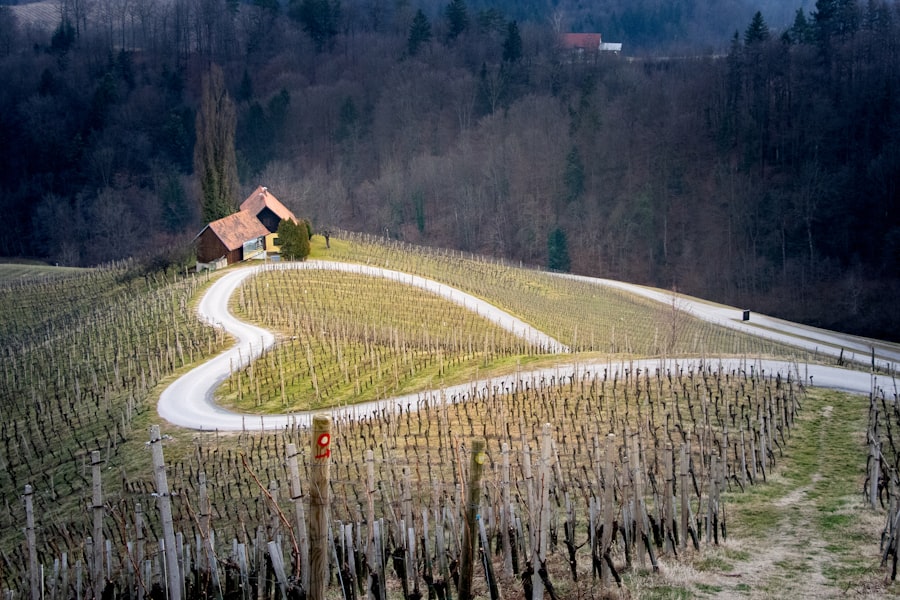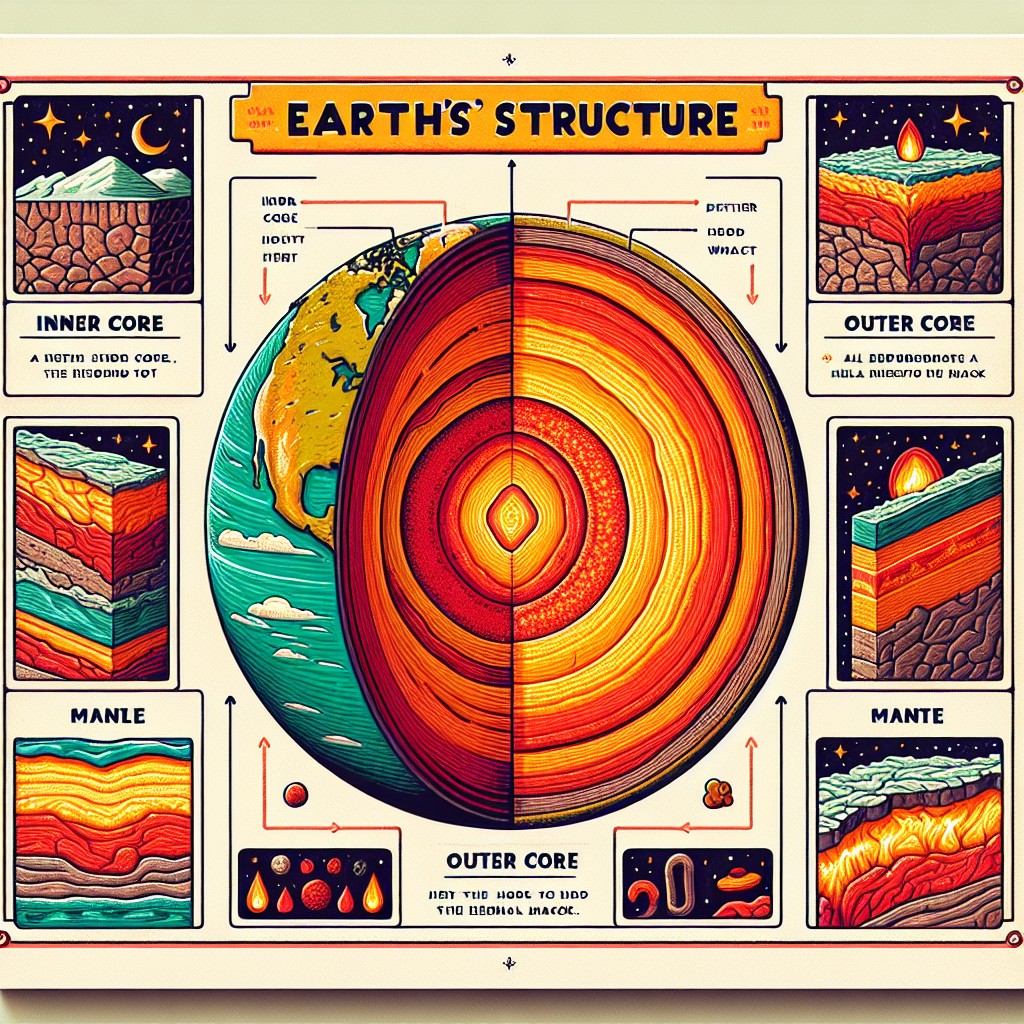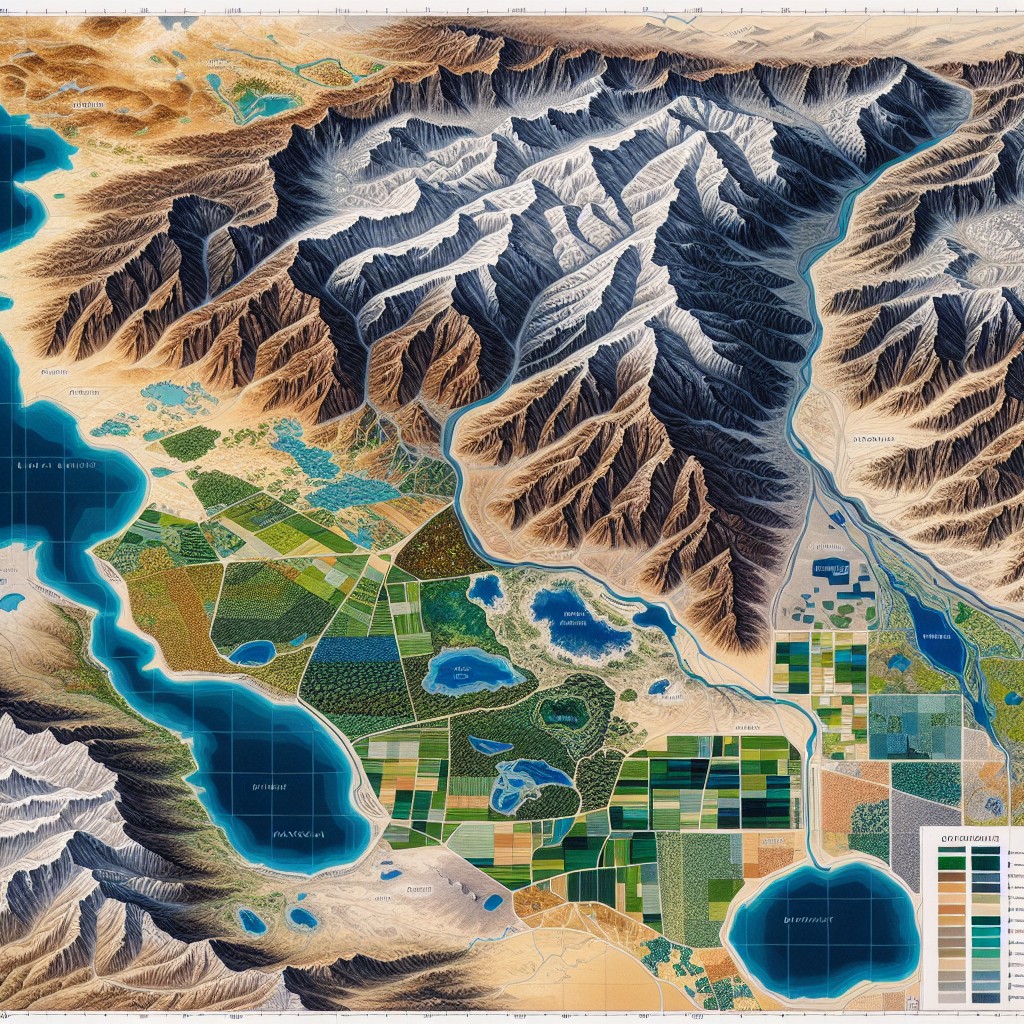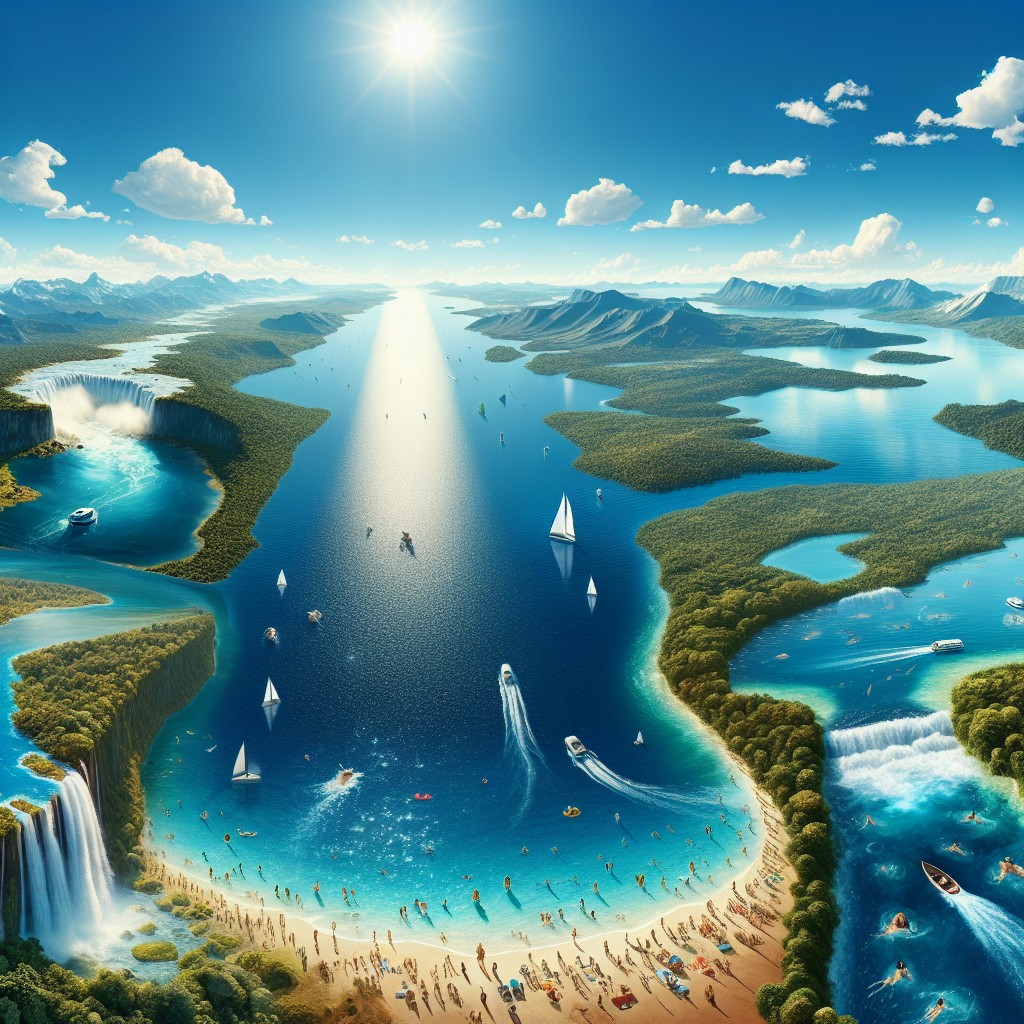Slovenia may be a small country, but it is packed with hidden gems waiting to be discovered. Nestled between Italy, Austria, Hungary, and Croatia, Slovenia offers a diverse range of landscapes, from majestic mountains to crystal-clear lakes and lush forests. While popular destinations like Lake Bled and Ljubljana are well-known, there are many lesser-known attractions and experiences that showcase the true beauty and culture of this hidden gem.
Summary
- Slovenia is a hidden gem with natural wonders, rich history and culture, charming towns and villages, delicious cuisine and wine, artistic and creative side, thriving outdoor activities, and friendly locals.
- Exploring Slovenia’s natural wonders includes visiting the stunning Lake Bled, the underground Postojna Cave, and the Triglav National Park.
- Delving into Slovenia’s rich history and culture involves exploring the medieval Ljubljana Castle, the Lipica Stud Farm, and the Skocjan Caves.
- Discovering Slovenia’s charming towns and villages includes visiting the coastal town of Piran, the picturesque village of Bled, and the historic town of Ptuj.
- Sampling Slovenia’s delicious cuisine and wine involves trying traditional dishes like potica and jota, and tasting local wines like Rebula and Teran.
Exploring Slovenia’s Natural Wonders
Slovenia is a nature lover’s paradise, with its stunning landscapes and outdoor activities. The country is home to the Julian Alps, which offer excellent hiking and skiing opportunities. Triglav National Park is a must-visit for outdoor enthusiasts, with its rugged peaks, glacial lakes, and picturesque valleys. The park is also home to Mount Triglav, the highest peak in Slovenia.
For water sports enthusiasts, Lake Bled is a popular destination. With its emerald-green waters and a medieval castle perched on a hilltop, it is truly a sight to behold. Visitors can take a boat ride to the island in the middle of the lake or hike up to the castle for panoramic views.
Another natural wonder not to be missed is the Postojna Cave. This vast underground cave system stretches over 24 kilometers and is home to unique rock formations and an underground river. Visitors can take a guided tour through the cave and marvel at its beauty.
Delving into Slovenia’s Rich History and Culture
Slovenia has a rich history that dates back thousands of years. The country has been influenced by various cultures throughout its history, including the Romans, Celts, and Habsburgs. This diverse cultural heritage can be seen in its architecture, traditions, and festivals.
One of the best places to explore Slovenia’s history is Ljubljana, the capital city. The Ljubljana Castle, perched on a hill overlooking the city, offers panoramic views and a glimpse into the country’s past. The castle houses a museum that showcases the history of Ljubljana and Slovenia.
For those interested in equestrian traditions, a visit to the Lipica Stud Farm is a must. This is where the famous Lipizzaner horses are bred and trained. Visitors can take a guided tour of the farm and watch a dressage performance.
Slovenia is also known for its traditional customs and festivals. One of the most famous is Kurentovanje, a carnival celebration that takes place in Ptuj. During this festival, people dress up in traditional costumes and masks and parade through the streets, chasing away winter and welcoming spring.
Discovering Slovenia’s Charming Towns and Villages
| Town/Village | Population | Attractions | Accommodation |
|---|---|---|---|
| Bled | 8,000 | Bled Castle, Lake Bled, Vintgar Gorge | Hotels, Guesthouses, Apartments |
| Piran | 4,000 | Tartini Square, St. George’s Parish Church, Piran Aquarium | Hotels, Guesthouses, Apartments |
| Kobarid | 1,000 | Kobarid Museum, Napoleon Bridge, Kozjak Waterfall | Hotels, Guesthouses, Apartments |
| Radovljica | 6,000 | Radovljica Old Town, Beekeeping Museum, Šivec House Gallery | Hotels, Guesthouses, Apartments |
Slovenia is home to many picturesque towns and villages that are worth exploring. Piran, located on the Adriatic coast, is often referred to as a mini Venice. Its narrow streets, colorful buildings, and stunning sea views make it a popular destination for tourists.
Škofja Loka is another charming town that should not be missed. Located in the foothills of the Julian Alps, it is known for its well-preserved medieval old town. Visitors can wander through its narrow streets, visit the castle, and admire the beautiful frescoes in the Church of St. Jacob.
Each town and village in Slovenia has its own unique architecture and local traditions. From the colorful facades of Maribor to the traditional wooden houses of Kranjska Gora, there is something for everyone to discover.
Sampling Slovenia’s Delicious Cuisine and Wine
Slovenian cuisine is a delightful blend of Central European and Mediterranean influences. The country is known for its hearty dishes made with fresh, locally sourced ingredients. Some traditional dishes to try include potica, a rolled pastry filled with various fillings such as walnuts or poppy seeds, and štruklji, rolled dumplings filled with cottage cheese or other ingredients.
Slovenia is also gaining recognition for its wine production. The country has a long history of winemaking, and its vineyards produce a wide variety of wines, from crisp whites to full-bodied reds. Some popular wine regions to visit include the Vipava Valley and the Brda region.
Food and wine festivals are a great way to sample Slovenia’s culinary delights. The Maribor Wine Festival, held in November, is one of the largest wine festivals in the country. Visitors can taste a wide variety of wines from different regions and enjoy live music and entertainment.
Uncovering Slovenia’s Artistic and Creative Side

Slovenia has a thriving arts and culture scene, with numerous museums, galleries, and cultural events to explore. The capital city of Ljubljana is home to many art galleries and museums, including the Museum of Modern Art and the National Gallery.
The city also hosts various cultural events throughout the year, such as the Ljubljana Summer Festival, which showcases music, theater, and dance performances. The festival takes place in various venues across the city, including the iconic Congress Square.
Slovenia is also known for its local artists and artisans. From traditional pottery makers to contemporary painters, there is a wide range of talent to discover. Visitors can explore local art studios and galleries to see the work of these talented individuals.
Experiencing Slovenia’s Thriving Outdoor Activities
In addition to its natural wonders, Slovenia offers a wide range of outdoor activities for adventure seekers. The country is known for its eco-friendly and sustainable tourism options, making it an ideal destination for those who want to explore the great outdoors while minimizing their impact on the environment.
Paragliding is a popular activity in Slovenia, thanks to its diverse landscapes and favorable weather conditions. Visitors can take a tandem flight with an experienced instructor and enjoy breathtaking views of the countryside.
For those who prefer water sports, rafting on the Soča River is a thrilling experience. The river is known for its crystal-clear waters and rapids, making it a popular destination for adrenaline junkies.
Slovenia also offers excellent opportunities for cycling and hiking. The country has a well-developed network of cycling paths and hiking trails that cater to all levels of fitness and experience. From leisurely rides through vineyards to challenging hikes in the mountains, there is something for everyone to enjoy.
Meeting the Friendly Locals of Slovenia
One of the highlights of visiting Slovenia is experiencing the warm hospitality and friendliness of the locals. Slovenians are known for their welcoming nature and willingness to help visitors. Whether you are staying in a hotel or a guesthouse, you can expect to be treated like family.
To truly immerse yourself in Slovenian culture, consider staying in a homestay. This allows you to live with a local family and experience their way of life firsthand. You can learn about their customs, traditions, and even participate in daily activities such as cooking or farming.
Taking a local tour is another great way to meet the friendly locals of Slovenia. There are many tour operators that offer guided tours led by knowledgeable locals who can provide insights into the country’s history, culture, and traditions.
It is also important to practice responsible tourism and support local communities. By staying in locally owned accommodations, eating at local restaurants, and buying souvenirs from local artisans, you can contribute to the local economy and help preserve Slovenia’s unique culture.
Planning Your Perfect Slovenian Adventure
When planning your trip to Slovenia, there are a few things to keep in mind. The country is well-connected by public transportation, with trains and buses that can take you to most major destinations. However, if you prefer more flexibility, renting a car is a good option.
Accommodation options in Slovenia range from luxury hotels to budget-friendly guesthouses and hostels. There are also many eco-friendly and sustainable accommodations available, such as eco-lodges and farm stays.
The best time to visit Slovenia depends on your interests and the activities you want to do. The summer months are ideal for outdoor activities such as hiking and water sports, while the winter months are perfect for skiing and snowboarding in the mountains.
For those looking for off-the-beaten-path experiences, consider visiting lesser-known destinations such as the Soča Valley or the Logar Valley. These areas offer stunning natural beauty and fewer crowds compared to popular tourist spots.
Embracing the Beauty and Culture of Slovenia’s Hidden Gems
Slovenia is a country that truly has something for everyone. From its natural wonders to its rich history and culture, there is no shortage of attractions and experiences to discover. By embracing sustainable tourism practices and supporting local communities, visitors can help preserve the beauty and culture of Slovenia’s hidden gems for future generations to enjoy. So why not plan your perfect Slovenian adventure today?
FAQs
What is Slovenia?
Slovenia is a country located in central Europe. It is bordered by Italy to the west, Austria to the north, Hungary to the northeast, and Croatia to the south and southeast.
What is the capital of Slovenia?
The capital of Slovenia is Ljubljana. It is the largest city in the country and is located in the central part of Slovenia.
What is the population of Slovenia?
As of 2021, the population of Slovenia is approximately 2.1 million people.
What is the official language of Slovenia?
The official language of Slovenia is Slovene. It is a Slavic language and is spoken by the majority of the population.
What is the currency of Slovenia?
The currency of Slovenia is the Euro. It has been the official currency of Slovenia since 2007.
What are some popular tourist attractions in Slovenia?
Slovenia is known for its natural beauty and outdoor activities. Some popular tourist attractions include Lake Bled, Postojna Cave, Triglav National Park, and the capital city of Ljubljana.
What is the climate like in Slovenia?
Slovenia has a temperate climate with four distinct seasons. Summers are warm and sunny, while winters are cold and snowy. The coastal region has a Mediterranean climate, while the mountainous regions have a colder alpine climate.
What is the economy of Slovenia like?
Slovenia has a developed economy with a high-income market. It is known for its manufacturing, services, and tourism industries. The country is also a member of the European Union and the Eurozone.


